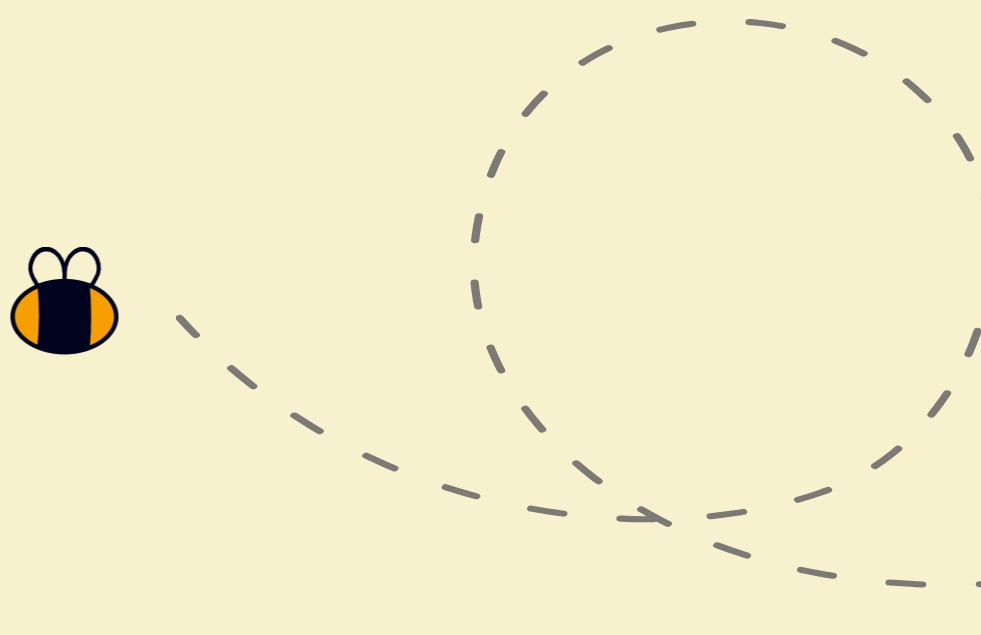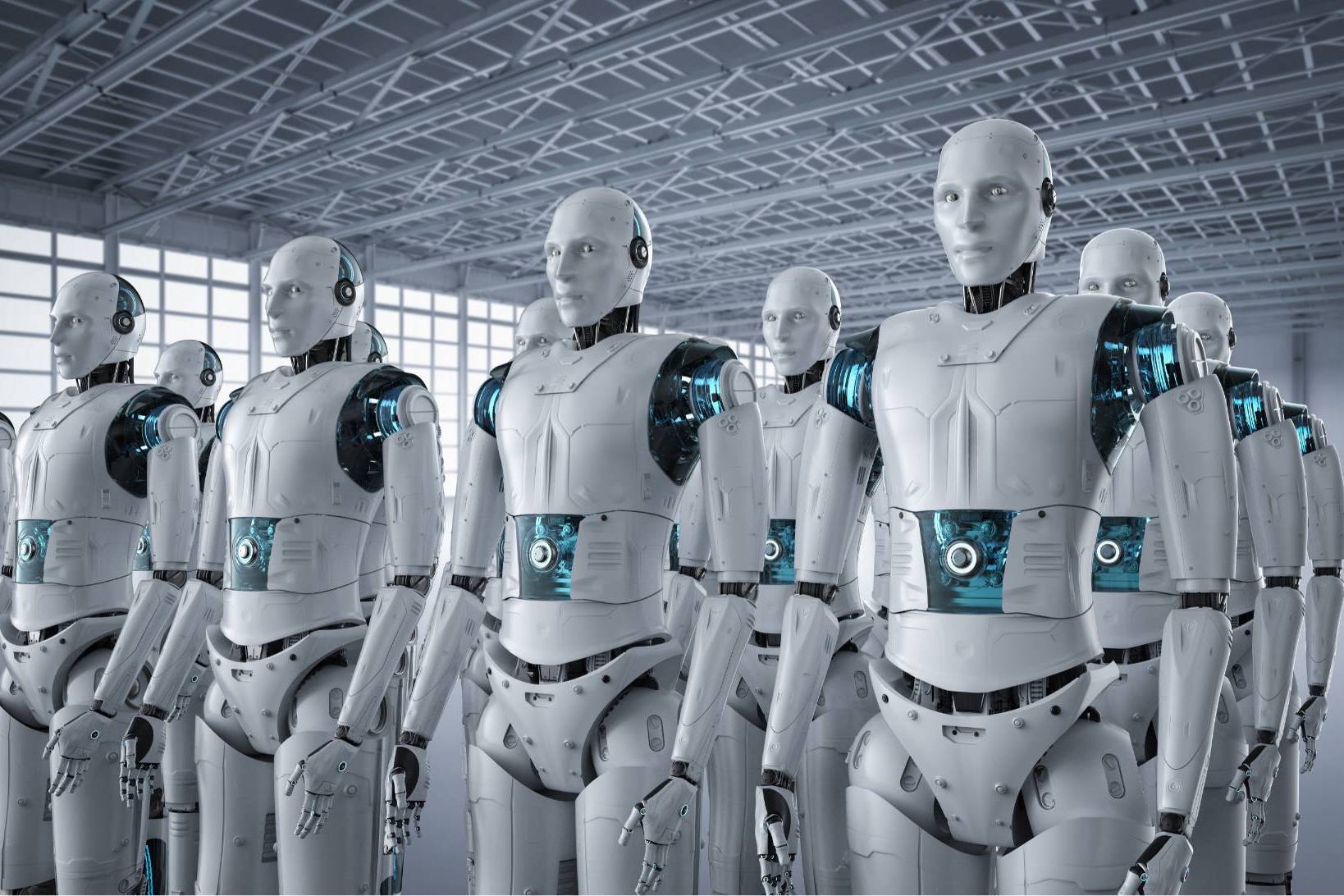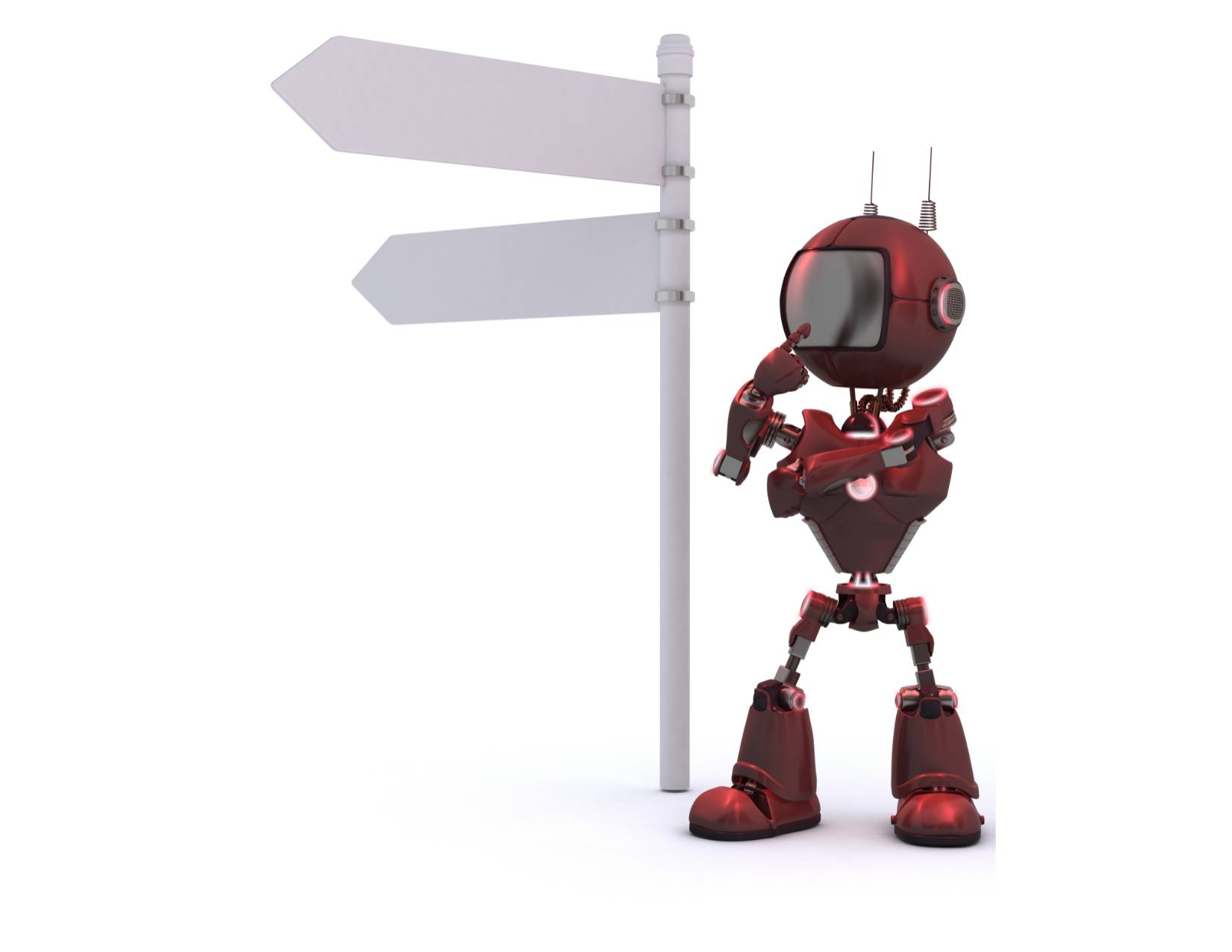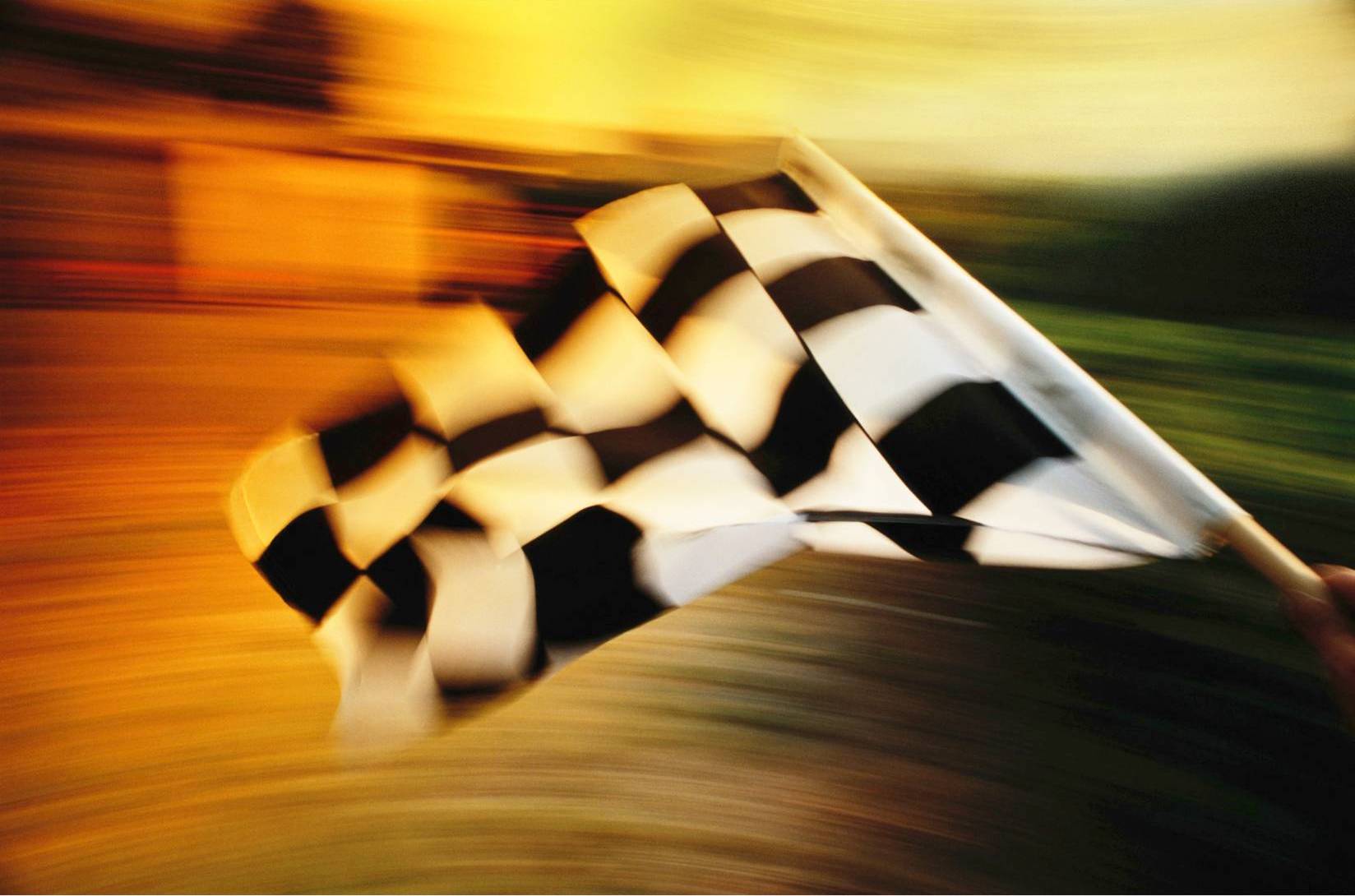Editor’s note: This is an older post that we revamped and augmented in June 2021, to celebrate our new video services. While we don’t offer cgi, we do offer video production services for a variety of marketing purposes.
Computer Generated Imagery (CGI) is a broad term that, strictly speaking, covers all types of computer graphics used in a range of applications, from science to engineering to medicine to art. Today, the term “CGI” generally brings to mind the movies, and specifically their fantastic, awe-inspiring computer-generated visual effects (VFX).
A film’s imagery can be fully computer-generated (think Toy Story), or it can be seamlessly integrated into live-action footage. You may not even be able to see it, but CGI is used in almost all modern films, in a wide range of film genres from science-fiction to period-based. CGI can be used to create, manipulate or enhance imagery to build realistic-looking environments, or create characters that seem completely real and commonplace or completely real and out of this world.
The early examples of CGI don’t include realistic creatures from outer space, but you might be surprised just how early computer-generated imagery began showing up in films. We take a look at some notable CGI achievements of each decade, starting with the 1950s.
CGI in the 1950s
Vertigo (1958) — First Computer Animation
Experimentation with computer graphics and animation began as early as the 1940s. Leading the charge was John Whitney, a pioneer in digital art and animation, who experimented with mechanical animation techniques on custom-made devices built from WW ll anti-aircraft machinery. John Whitney collaborated with Saul Bass, a graphic designer, to create the animated opening sequence for Hitchcock’s Vertigo (1958).
The opening sequence of Vertigo shows a series of spirals that emerge and dissolve and really do induce a sickening feeling of vertigo. The design was created by Saul Bass from the staircase motif in the film that triggers the protagonist’s (Scottie) vertigo. Bass insisted that the animation made from the drawings should be extremely precise and therefore not hand-drawn. John Whitney was hired to create the computer animation. He combined the rotation of an M5 gun director used in World War ll with a pendulum that held a paint reservoir with an attached pen to create the spiral drawings for the opening sequence.
CGI in the 1960s
The sixties fairly exploded with creativity and innovation judging by the number of “firsts” in the realm of CGI. While the results may not seem spectacular to our jaded eyes they really were at the time.
In the sixties, we saw the first realistic computer animation, the first 3D wireframe animation, the first aircraft simulation, the first digital morphing, the first motion capture, and the first talking CGI character, to mention just a few. Here’s a couple of examples.
Catalog (1961) – First Computer Animated Experimental Film
John Whitney is back to create this demo reel animation with his WW ll, anti-aircraft computer/animation device. The film inspired the visual effects for 2001: A Space Odyssey (1968), by Stanley Kubrick, even though Space Odyssey’s depiction of weightlessly floating in space was created with cinematic techniques, not with a computer.
Sine Curve Man (1967) – First Digital Morphing of a Face
Morphing is the blending of line-drawn images so they change smoothly into something else. The first morphing was a little film called Hummingbird (Csuri – 1967). The Sine Curve Man of the same year takes morphing a step further, creating a smooth transition from one face to another. The film was created by Mark Gillenson, using sine curve mapping on a mainframe computer (IBM 360).Computer face morphing has appeared frequently since then, the first more popular application being Michael Jackson’s music video of 1991, Black or White.
CGI in the 1970s
Building on the innovation of the sixties, CGI continued to grow in sophistication and broke into the world of feature films.
Westworld (1973) – First Blend of Digital Animation and Live Action in a Feature Film
John Whitney, Jr, and Gary Demos collaborated to produce the altered view of the reality of the android, Gunslinger, accomplished with the use of 2D CGI. Westworld, directed by Michael Crichton, was so popular it merited a sequel, Futureworld (1976), that also incorporated ground-breaking CGI, namely the rendering of a 3D head.
Star Wars (1977)
This new technology was used for the trench run briefing sequence in the first Star Wars film. George Lucas brought digital to Hollywood with Star Wars. He moved the industry away from 8mm film to digital filmmaking as we know it now, and that eventually gave rise to the amazing VFX we have now.
Larry Cuba, who worked out of the Electronic Visualization Laboratory (EVL) at the University of Illinois, explains his part in the computer graphics for the first Star Wars in the video below.
Alien (1979)
The first Alien film rendered the navigation monitors in the landing sequence using a raster wireframe model.
CGI in the 1980s
Even as computer power was exponentially increasing, CGI continued to push the boundaries of what was possible. While there continue to be many “firsts” such as this first combination or real action with CGI in Tron (1982), or the morphing of liquid metal in 1985, this decade really shone in how it upgraded the finesse of CGI, bringing the experience to a whole new level.
Dire Straits: Money For Nothing (1985)
The first computer-generated music video.
The video used computer animation to illustrate the song’s lyrics and was one of the first uses of computer-animated human characters. The animators later went on to found the computer animation studio Rainmaker Animation (formerly Mainframe Entertainment) which is responsible for ReBoot, the first-ever CGI animated series.
Labyrinth (1986)
The 1986 fantasy film Labyrinth showed off the first use of a realistic CGI animal. A flying digital owl is seen in the opening credits.
Star Trek IV: The Voyage Home (1986)
Star Trek IV showed the first 3D morphing and contained the first use of the Cyberware 3D scanner. The Cyberware 3D scanner produced the heads of William Shatner and Leonard Nimoy as disembodied cyber-sculptures.
Check out the video below to see how it was done.
The Abyss (1989)
In 1989 science fiction film The Abyss used the first digital 3D water effect. The watery alien creature was the first example of digitally-animated, CGI water and was the first computer-generated 3D character.
Indiana Jones and the Last Crusade (1989)
Used the first all-digital composite, the process of digitally assembling multiple images to make a final image. The all-digital composite was used to show the rapid aging and eventual death of Walter Donovan. (Starting at 3:27 in the video clip below)
CGI in the 1990s
Technology, art, real actors, and CGI-produced characters all meld seamlessly together in this decade in a big jump forward in the sophisticated use of CGI to create believable alternate worlds.
Total Recall (1990)
The Governator’s 1990 film Total Recall included motion capture for CGI characters. Motion capture is the process of recording movement and translating it to a digital model. This was used for the skeletal CGI characters behind an X-ray screen in a subway shootout scene.
Backdraft (1991)
Backdraft included the first use of photorealistic CGI fire.
Terminator 2: Judgement Day (1991)
Terminator 2: Judgement Day has the first realistic human movements on a CGI character and the first use of a PC to create 3D special effects in a major movie.
Jurassic Park (1993)
The first instalment of the Jurassic Park series included the first photorealistic CG creatures. The film used a mix of animatronics and computer-generated dinosaurs.
Toy Story (1995)
The first movie from the Toy Story series was the first feature-length film made entirely with CGI animation. This was the first film from Pixar Animation Studios, a California-based CGI computer animation production company that went on to produce many groundbreaking animation films in partnership with Disney.
Titanic (1997)
Titanic at the time of its release was the most expensive film ever made. It was the first use of open-source Linux rendered elements in a feature film. The film also included unprecedented advancements especially in the depiction of flowing water. Both CG and miniature models were used to portray the ship as it sank at the end of the movie.
The Matrix (1999)
The 1999 science fiction film The Matrix included the first use of CG interpolation in Bullet Time effects. Bullet Time refers to the slowed-down rotating action sequences. CG interpolation was used to enhance actors on wires filmed with motion capture and multiple still cameras shooting from all angles.
CGI in the 2000s
We’ve become so used to CGI and it has become so well-done by this point, we hardly notice it. Technology is truly the servant of art.
Lord of the Rings: The Fellowship of the Ring (2002)
The first LOTR movie gave us the first use of AI for digital actors. The character of Gollum seen later on in the Lord of the Rings trilogy was the first photorealistic motion-captured character for a film. A motion capture suit recorded movements that were then applied to the digital character.
The Polar Express (2004)
The Polar Express was the first film to use motion-captured character technology for every single actor in the movie.
Elephants Dream (2006)
Elephants Dream, released in 2006, was the first CGI short movie released as completely open-source. All 3D models, animatics, and software are included in the DVD release free for use under the Creative Commons license.
Monsters vs Aliens (2009)
Monsters vs Aliens was the first computer-animated feature film to be shot directly in stereoscopic 3D. 3D CGI films were previously made in non-3D version and then dimensionalized.
CGI in the 2010s & beyond
The field continues to expand as software and computers advance to bring to life the imaginative worlds of countless filmmakers.
Rise of the Planet of the Apes (2011)
A couple of films came out back-to-back using photorealistic animal CGI. In Rise of the Planet of the Apes, Andy Serkis’s portrayal of Caesar, the lead ape, combined with CGI work to create a believable animal that is not only realistic, but conveys a fully fleshed-out character with emotion and intelligence.
The Life of Pi (2012)
All the tiger shots in the boat were created with highly advanced CGI. The actor, Suraj Sharma, was never near a real tiger.
Gravity (2013)
Gravity’s stunning photo-realistic depiction of zero gravity was achieved through CGI.
Blade Runner 2049 (2017)
In one scene, the replicant, Rachael (Sean Young), appears exactly as she did thirty-five years ago in the original Blade Runner (1982). Actress Loren Peta acted in the scene and her features were changed with the help of CGI to recreate Rachael.
In Conclusion
Of course, this is just a partial list, but we hope you’ve enjoyed exploring the journey of the growth of CGI from the animated spirals of Vertigo all the way to the computer-generated, outer-space world of Gravity.







